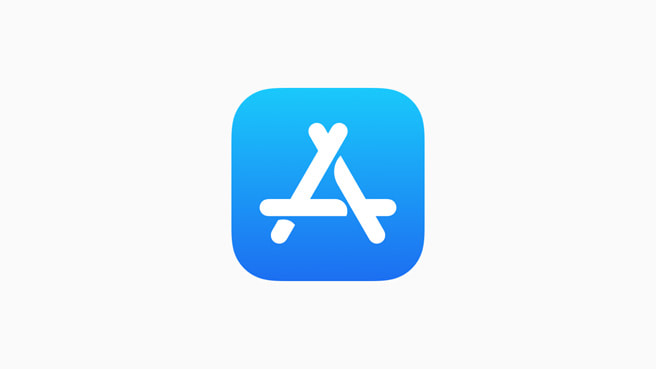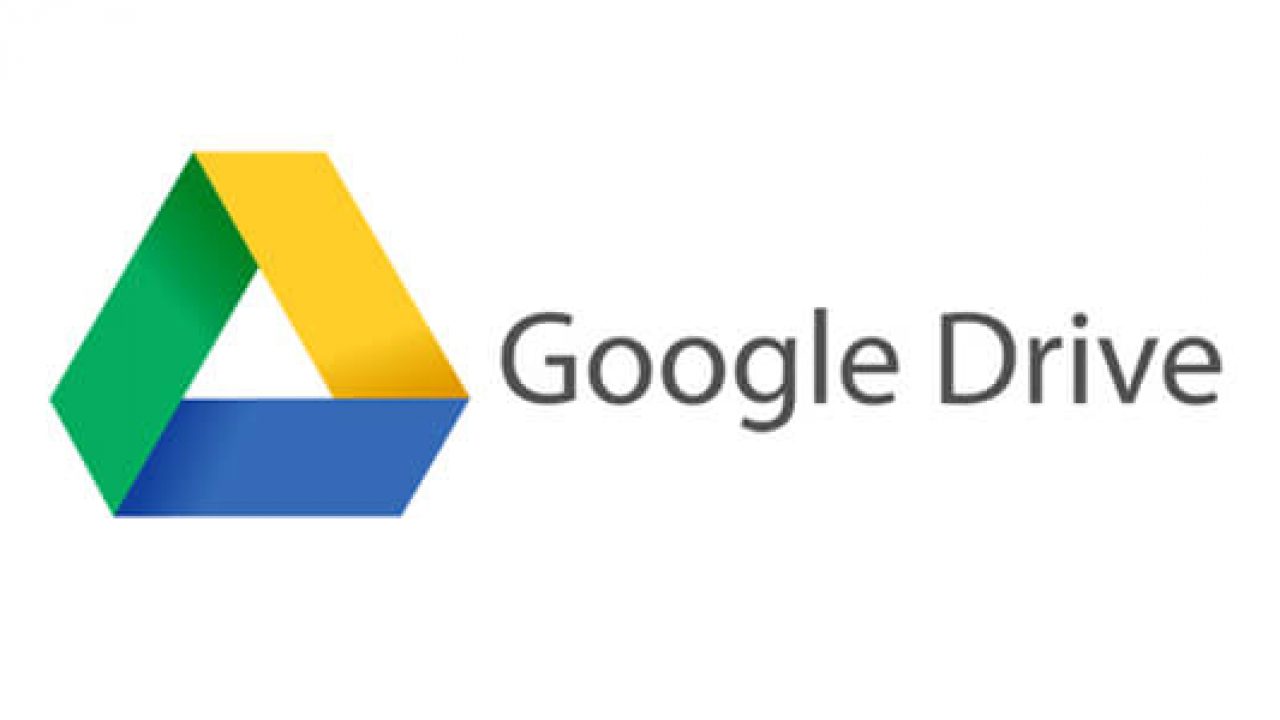Users may easily manage and organize their schedules using the flexible and user-friendly online tool known as Google Calendar. Google Calendar has grown to be a well-liked tool for people, companies, and organizations to keep track of their time and schedule their activities thanks to a variety of features and configurable choices. The main features, advantages, and drawbacks of Google Calendar will all be thoroughly examined in this essay.
Getting started with Google Calendar:
Users must have a Google account in order to use Google Calendar. They may access Google Calendar after logging in by going to the Google applications menu and choosing “Calendar.” Users of Google Calendar have access to a default calendar that they may use to plan events and meetings. Users may, however, make many calendars for different things, such professional, personal, and family activities.
Creating events and appointments:
It’s easy to add events and appointments to Google Calendar. Users may input the event information, set a reminder, and pick on the day and time they wish to plan the event for. Users of Google Calendar have access to a variety of event customization features, such as the ability to make an event recurring, invite attendees, and select the event color.
Sharing calendars:
Users of Google Calendar may easily collaborate and organize activities with coworkers, friends, and family members by sharing their calendars with others. Users have the option of sharing their full calendar or just certain events. Users of Google Calendar can also choose to configure the calendar’s permissions, such as enabling others to see or amend the events.
Integration with other Google services:
The integration of Google Calendar with other Google products, including Gmail, Google Meet, and Google Drive, makes it simple to plan and attend meetings, exchange files, and work with others. Users can, for instance, set up a meeting in Google Calendar and include the Google Meet link in the event so that attendees can join the meeting right from the calendar.
Mobile access:
Android and iOS mobile devices all have access to Google Calendar. Users can easily manage their schedules while on the move thanks to the mobile app, which provides them with the same functionality as the web-based version. Users of the mobile app may also receive push alerts for events, which guarantees that they never forget an essential meeting or appointment.
Customization options:
Users of Google Calendar have access to a variety of customization options, including the choice of various colors for certain events and calendars as well as the addition of unique graphics for each calendar. In order to display the events they wish to see, users may also construct custom views and filters.
Reminders and notifications:
Users of Google Calendar receive notifications and reminders for events, ensuring they never miss a crucial appointment or meeting. Reminders can be set up so that users are alerted a few minutes, hours, or days before an event. Users also have the option of receiving updates by push notifications, SMS, or email.
Limitations:
Although Google Calendar is an effective tool for scheduling and planning activities, it has certain drawbacks. For instance, it is challenging to utilize Google Calendar in places with weak connectivity since users need to have an internet connection in order to use it. Google Calendar may also be difficult to use for people who are not familiar with web-based programmers.

